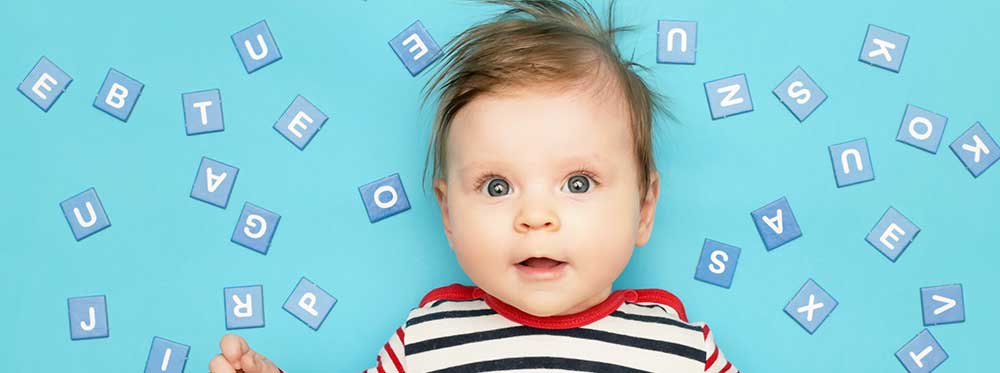When is the best time for children to begin learning second or even third languages? Increasingly, neuroscience and language acquisition research agree: the earlier, the better.
Language Learning Begins at Birth
Neuroscientific studies show that second language learning can and should begin shortly after birth. During infancy, the brain creates up to three billion synaptic connections per second, absorbing sensory experiences with remarkable efficiency. As Kotulak (1997) notes, “Everything that a baby hears, sees, feels, tastes, and touches is absorbed by the brain and stored in its memory cells.”
By the age of 6–8 months, babies may have around 1,000 trillion synaptic connections. This period represents an unmatched opportunity for language input — one that gradually diminishes as the brain begins to prune connections later in childhood.
Before Age 10: A Critical Window
By the age of 10, roughly half of those synaptic connections may have been lost in the average child, but the groundwork for language learning has already been laid. Research indicates that children exposed to additional languages before this stage are more likely to acquire them naturally and accurately — mimicking native-like pronunciation and intonation.
In contrast, children introduced to second languages after age 8 or 9 may still succeed, but their learning often involves more conscious effort and less instinctive fluency. Younger learners not only differentiate sounds more easily, but also reproduce them more effectively — a key factor in learning languages like Mandarin or English.
Readiness and Early Immersion
Signs of readiness for second language exposure can include a child’s curiosity about new environments — such as excitement when visiting new places or interacting with new people. This openness often correlates with a comfort level that allows for better language learning through play, exploration, and socialization.
Research also shows that younger children tend to develop a natural fascination with the rhythms, sounds, and vocabulary of a new language. In contrast, older learners can become more self-conscious, which may inhibit their willingness to speak freely or take risks — both essential for successful language acquisition.
Learning Through Immersion
Young children acquire second languages best when immersed in environments that mirror how they learned their first — through interaction, routine exposure, and contextual language use. This can be fostered at home, in bilingual classrooms, or through immersion programs that provide a balance of structured input and natural communication.
Final Thoughts
Early exposure to second languages lays a foundation for lifelong linguistic and cognitive benefits. For families and educators, supporting early bilingualism is not just about learning to speak another language — it’s about building confident, adaptable learners equipped to thrive in a multilingual world.
Below, educators from international schools share how they design early language programs that nurture curiosity, fluency, and global citizenship in the youngest learners.
